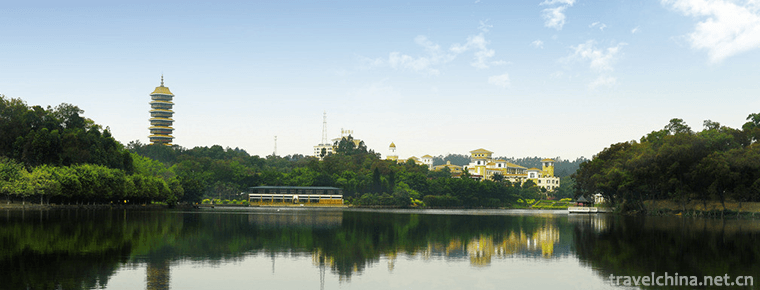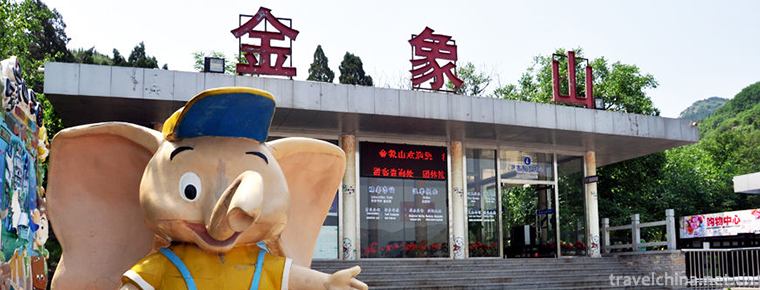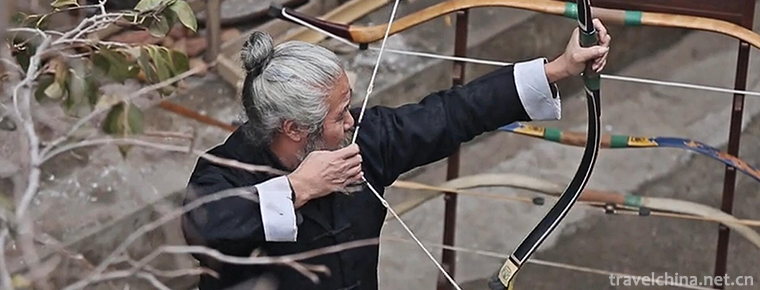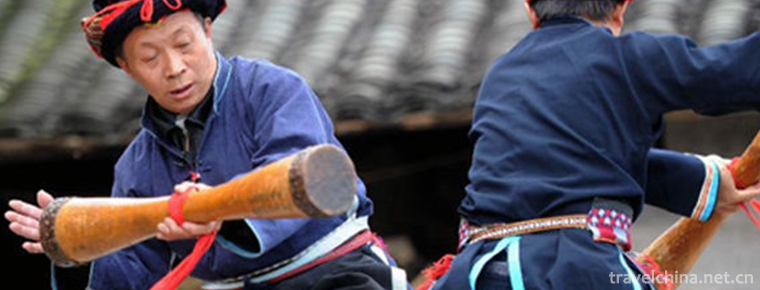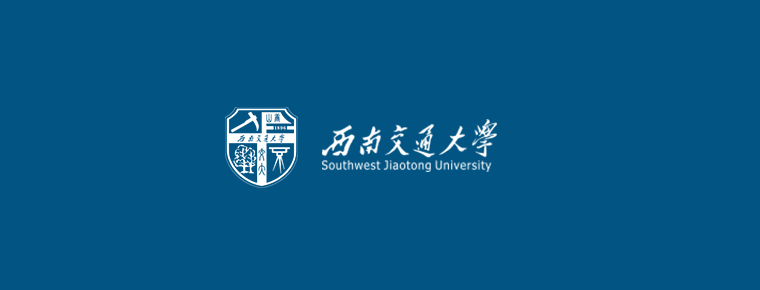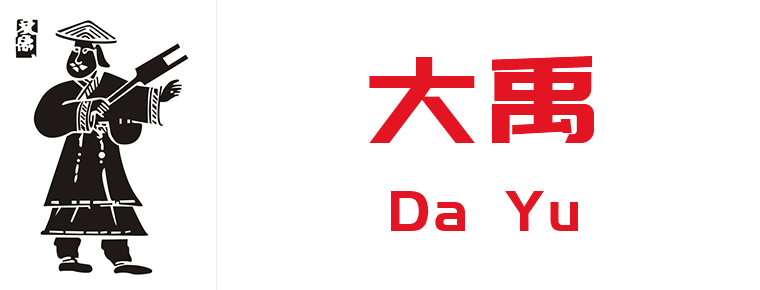Plant resources in Neijiang
Plant resources in Neijiang
Neijiang City is a subtropical evergreen broad-leaved forest belt with mild climate and abundant rainfall, which is suitable for the growth of a variety of trees. There are more than 60 subjects, 110 genera and 190 species. Neijiang is mainly composed of timber forest, with the largest area in Weiyuan County and the smallest in Shizhong District. There are abundant economic forest species, mainly including tung oil forest, Camellia oleifera forest and citrus forest, as well as deciduous fruit forest, such as pear, apple, peach, plum, apricot, cherry and grape The main tree species include Alnus cremastogyne, Amorpha pseudoacacia, Coriaria sinica, Vitex negundo, etc.; the fuel forest is an important fuel for rural life in Neijiang City, with wide distribution, high yield and most renewable regeneration. The main tree species include alder, purple locust, Coriaria, Vitex negundo, etc.; there are also environmental protection forest, experimental forest, seed forest, scenic forest, historic sites and revolutionary holy land forest The dominant tree species are Pinus massoniana, Cinnamomum camphora, nanmu, huanglianmu, cypress, etc.
The climate and soil conditions of Neijiang City are suitable for a variety of crops. The planting industry is mainly composed of grain, oil, sugarcane, hemp, silk, tea, fruit and vegetable, and some medicinal materials and cotton are also planted. It is the concentrated production area of grain and economic crops in Sichuan Province. Grain crops include rice, most of which are medium season rice, with a planting area of more than 1.43 million mu, followed by corn, sweet potato and wheat; economic crops mainly include rape, peanut, jute, sugarcane, etc.; there are various horticultural crops, especially citrus and other resources with high yield.

Plant resources in Neijiang
-
Ailao Mountain
Ailao Mountain, located in the middle of Yunnan Province, China, extends south of Yunling Mountains. It is the boundary between Yunnan-Guizhou Plateau and Hengduan Mountains. It is also the watershed
Views: 483 Time 2018-11-01 -
sanshui forest park
Sanshui Forest Park is located in the north suburb of the southwest town of Sanshui District, Foshan City, Guangdong Province.
Views: 177 Time 2018-12-18 -
Jinxiangshan Paradise
Jinxiang Mountain Scenic Spot in Jinan, Shandong Province, is located in the southern mountainous area of Jinan. It is endowed with unique topography, landform and rich forest resources
Views: 397 Time 2019-01-29 -
Bow and Arrow Making Skills
Juyuan bow and arrow making technology, the traditional handicraft of Chaoyang District, Beijing, is one of the national intangible cultural heritage.
Views: 231 Time 2019-05-01 -
Drum bowl song
Drum-pot song is a very ancient traditional form of music and art in Hubei Province of China. It originates from the traditional folk activities of "beating a pot as a drum, singing with the fune
Views: 108 Time 2019-05-01 -
Production Techniques of Bark Cloth of Li Nationality
Li bark cloth production technology is based on the bark of plants as raw materials, after beating technology to produce cloth technology.
Views: 122 Time 2019-05-12 -
Long Drum Dance of Yao Nationality
Chinese Yao folk dance. Popular in Guangdong, Guangxi, Hunan and other provinces where Yao people live together, most of them perform on traditional Yao festivals, harvest celebrations, relocation or
Views: 262 Time 2019-07-11 -
Southwest Jiaotong University
Southwest Jiaotong University is a national key university directly under the Ministry of Education. The first batch of national "double first-class", "211 project", "characte
Views: 187 Time 2019-08-31 -
Da Yu
Yu, surnamed Si, is famous for his life. (Yu Yu is the name). History is called Da Yu and Emperor Yu. Xia Hou Shi Chieftain Xia Dynasty The founding king. Yu is Yellow Emperor Great grandson, Zhuan Gr
Views: 209 Time 2019-09-07 -
The situation of Chinese embroidery in various historical dynasties
The origin of Chinese embroidery is very early. It is said that "Shun ordered Yu to embroider multicolored embroidery". It was developed in the Xia, Shang, Zhou Dynasties and Qin and Han Dynasties. From the early unearthed textiles, embroidery
Views: 231 Time 2020-12-12 -
Warm tips for Chengdu Giant Panda Base
Giant pandas live in dense bamboo forests at an altitude of 2600-3500 meters. The annual temperature is lower than 20 ℃ and likes cold and afraid of heat. When the weather is cool, the giant panda will carry out activities in the outdoor playground. When the outdoor
Views: 192 Time 2020-12-13 -
Neijiang in yuan Ming and Qing Dynasties
In 1279, China was unified and the Yuan Empire was established. After more than 30 years of war between the end of Song Dynasty and the beginning of Yuan Dynasty, the system of Zizhou and Puzhou has not been restored except Jianzhou. In the 22nd
Views: 291 Time 2020-12-16

